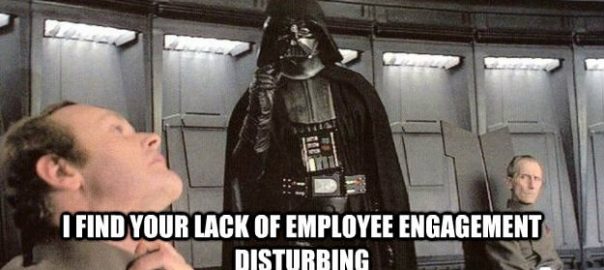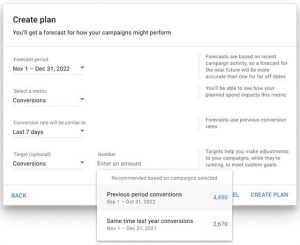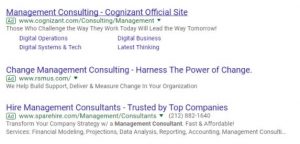— January 23, 2018
Inventory is one of those little black holes sucking money out of your business and into some parallel world. Inventory management is hardly an exciting aspect of business, and so it’s often overlooked in many industries. Which can be surprising, as there are very few businesses out there that don’t have SOME kind of inventory – be it products for sale or coffee needed to fuel your employees (and you).
Everyone has inventory, and everyone wants to reduce its costs and their negative impact on the bottom line. The trouble is, no one likes to optimize inventory. Even retailers, whose business is drastically affected by inventory management decisions. When it comes to small business, very few have the budget to invest in an inventory management consultant.
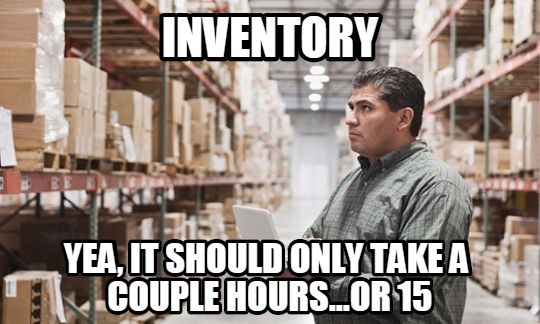
Fortunately, it’s really not as complicated or time-consuming as one might think. But before we get down to serial numbers let’s wet our appetites a bit by thinking of inventory in the same way we think about our food and nutrition.
Your refrigerator and pantry are your inventory. Food leaves the inventory in one way or another. It adds value when consumed, and is wasteful when it’s discarded or goes unused. You know, those weird cans in the back of your pantry you’ve had since you’ve moved in. In the inventory management world we call it overstocking.
To Inventory or Not to Inventory?
Ideally, you should manage your inventory to have (almost) no inventory at all, and it’s also the current trend in retail and ecommerce. Instead of having to carry inventory and ship products – the manufacturer or wholesaler takes care of those headaches for you.
Many suppliers now advertise drop shipping as a service, but before you close down your warehouse, check that it is in fact right for your your business. Drop shipping and affiliate schemes trim your inventory costs, but add costs of their own.
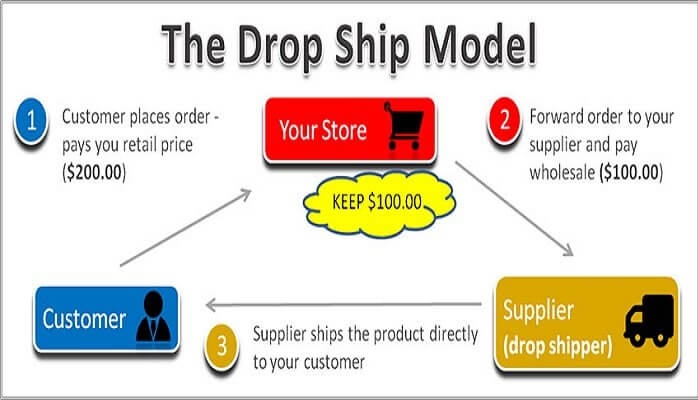
In our delicious example from above, this type of inventory avoidance would be analogous to living off deliveries and takeout. No cooking means no inventory. No need for a refrigerator, or stove or even plates or utensils. But if you’ve ever lived in a college dorm, or traveled enough to live without a fridge and a pantry, you know there’s a cost involved.
Buying ready-made food for immediate consumption is often a lot more expensive and wasteful than cooking. Not to mention its potentially devastating effects on your health in the long run.
Serious reflection of traditional inventory management methods demands a constant and consistent analysis of ROI (return on investment).
This brings me to the first step in our journey towards a more efficient and profitable inventory management: tracking and analyzing your inventory management processes.
Idea 1: Track and analyze
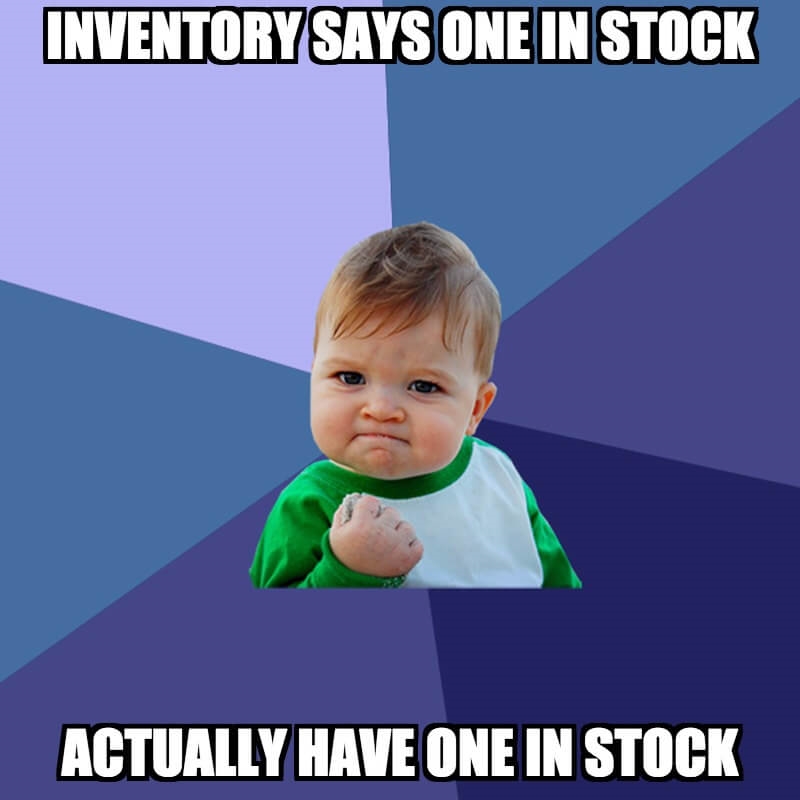
Look at your fridge and pantry. Every item is there for a reason, and it got there somehow. Most of us don’t just store food for the fun of it and some missing items are missing for a reason. Perhaps you avoid having chocolate because of its impact on your waistline. Or maybe you’re going through it so fast, you can’t keep up with your own demand. Could also be that you only buy the chocolate you like when it’s on sale, which is why it’s currently missing.
Now look at your business’ inventory. What is there? How did it get there? Should it be there? Is something missing? And most importantly – how much time and money is all this costing you?
How do you do that, you ask?
There’s a plethora of software solutions and methodologies for effective inventory management. These allow you to generate reports to make better business decisions, understand the processes involved, and make actionable plans for a better (and more profitable) future.
Depending on the size and nature of your businesses, the types of inventory management solutions are right for you can differ greatly. Some business need a robust inventory management system, with SKU records and vendor self-service portals. Other small businesses can get by just fine with a good Excel spreadsheet. So, finish reading this article and then come back to this paragraph and you should have it (almost) figured out.
Idea 2: Find the leaks
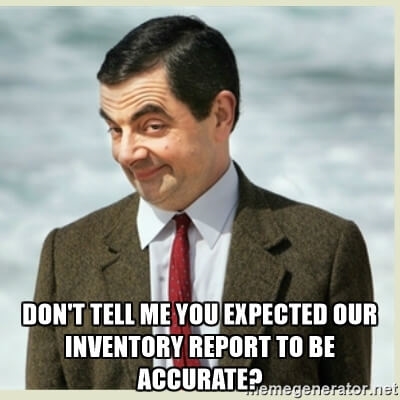
Having a system to track and analyze the ins and outs of your inventory is very helpful in looking for those little black holes that make your money go down the drain. It lets you analyze processes and identify common “leaks” in them.
However, there’s another important resource you can’t afford to neglect in your journey toward cost-effective inventory management: your employees. Getting their input on the daily tasks and processes involved in stocking, managing and shipping products can help you see leaks you otherwise wouldn’t.
For example, a repeating scenario where you run out of a specific product while having too much of another can be caused by miscommunication between inventory management and the marketing department in the company. Products get promoted before purchasing has a chance to stock up, making you lose money in unactualized sales.
Alternatively, a badly organized warehouse (or pantry, if we stick to our food analogy) can cause you to overstock items simply because you didn’t FIND them when you needed them, or waste employee time looking for them. And nobody wants that.
Idea 3: Engage your employees & maximize their contribution
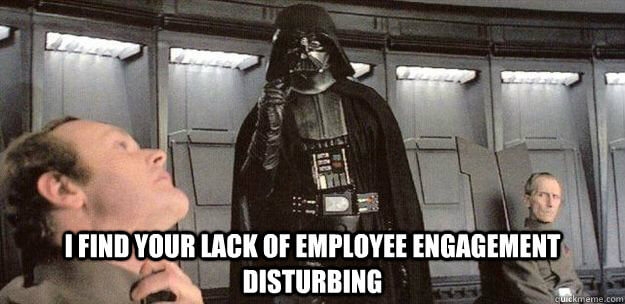
Employee engagement is not just a fancy HR buzzword. I mentioned above that employees can be a priceless asset when it comes to finding ineffective allocation of resources. Potentially, they can also be the source of solutions and improvements. In addition, by better understanding their strengths, roles and capabilities, you can make better use of the manpower handling your inventory.
Me, I am a total wiz when it comes to organizing the fridge. My significant other is brilliant with compiling a healthy and cost-effective shopping list. But if my SO puts the shopping away? I will have to reorganize everything for either of us to be able to locate the items purchased.
Similarly, time wasted on locating a specific item in the warehouse can be saved by just one employee going: “Why don’t we just put it over there?”
Idea 4: Create and execute your Inventory Optimization Plan
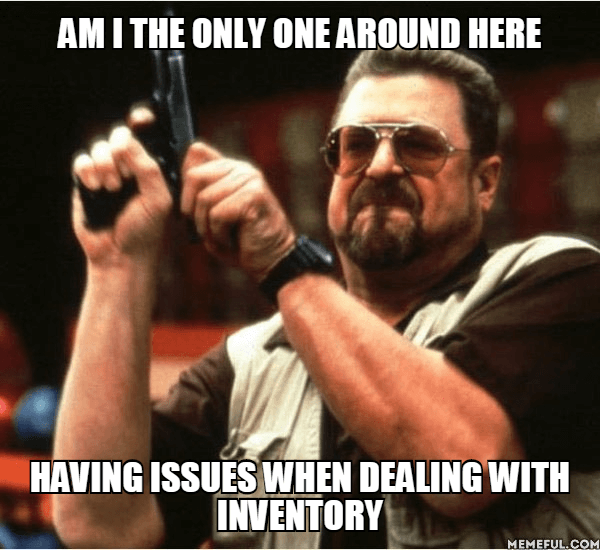
By now, you should know a lot more about your inventory processes, and what about them is slowing down your cashflow. The puzzle game continues with a detailed plan for changes necessary for your inventory to become super-cost-effective.
Every business has its own specific needs and limitations to consider when optimizing inventory management. But some things are pretty universal: par level adjustment, internal and external relationship management, contingency planning, prioritization, and forecasting.
Idea 5: Define policies and train your workforce
Believe it or not, the above is the easy part. What comes next is much harder. Implementing change down the organization is one of the hardest things businesses must do to survive in today’s competitive world. Knowing what needs to be done rarely comes packaged with the instructions on HOW.
Your vision of optimized inventory management cannot be realized in one day, and cannot be achieved by you alone. Drafting policies with your inventory workers FOR your inventory workers, defining milestones and deadlines in your optimization journey – all these demand the abovementioned employee engagement. Because change is hard but engagement makes it easier.
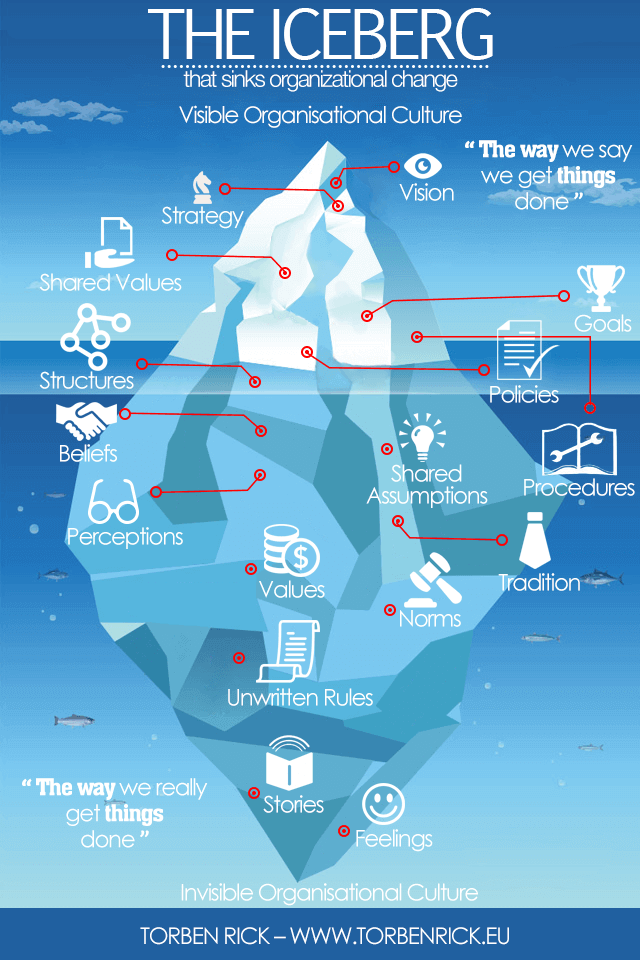
By instructing my significant other on the best arrangement of groceries, I saved myself a lot of work. My SO then helped me understand our buying and eating habits, so I can now edit the shopping list to include items I want to use for preparation of new interesting dishes.
However, this was only possible because we have a strong and long lasting relationship. We know each other well and have a firm understanding of one another’s needs. This makes setting policies and instructing our little team on refined and effective new processes easier since we’re already engaged (married actually…haha).
Idea 6: Execute, review, adjust, execute, review…
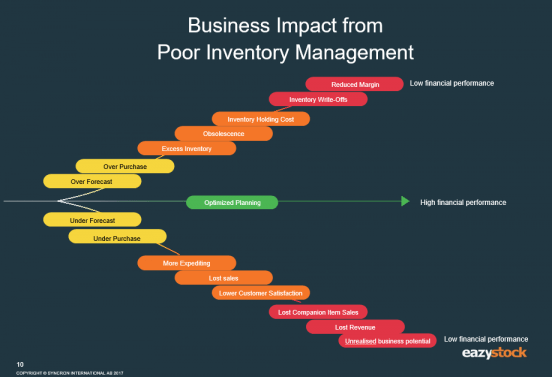
Eventually, though, things do change. Seasons change, tastes change and your business grows and changes (much like your figure if you don’t watch what you eat). These changes affect your inventory, and you can’t afford to ignore them as they happen.
Every now and then, you need to review periodical reports, and evaluate the progress of your inventory optimization plan, as well as adjustments demanded by aforementioned changes. Periodical reports force you and your workforce to stay on top of things. It’s no one’s fault, but things can get pretty hectic real quick and forcing everyone to “take stock” so to speak is necessary.
Take time to stop regular operations to sit down and go over periodical reports. The trick is to find the balance between being organized and micro-managing yourself and others. You shouldn’t have to do this more often than on a bi-weekly basis unless you’re running a very large operation.
Dinner Time!
Obviously, inventory management and optimization is a bit more complicated than what I detailed above. However, contrary to association, inventory is not about “things”, but about processes and people.
Optimizing inventory management and getting your team onboard with the changes proposed is the best way to cook success in your inventory. Once you’re done optimizing your business inventory, you may feel inspired to apply the same steps to your nutrition. I strongly encourage you to do so.
Bon apetite.
Business & Finance Articles on Business 2 Community
(53)
Report Post